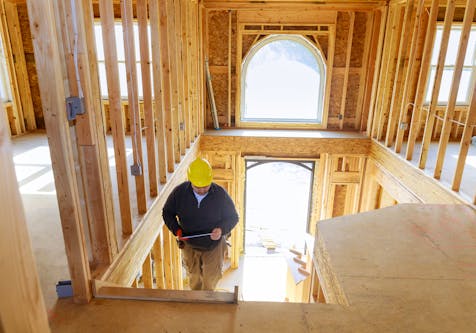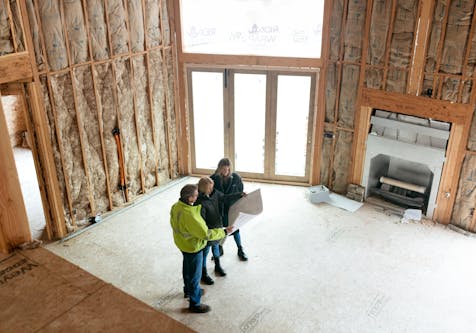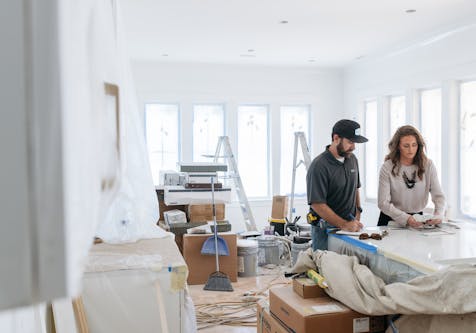How To Do Construction Takeoffs
Learn what they are, what to include and the most common mistakes to avoid. What is a construction takeoff?

Whether you are new to construction or have been in the industry for 20 years, you will surely have come across the term “construction takeoff.” Doing takeoffs is the process of compiling your materials list, known as a bill of quantities or bill of materials, so you can generate a construction estimate – literally you take the materials off the construction drawings.

What is the difference between a construction takeoff and a construction estimate?
Contractors do a construction takeoff to prepare a detailed estimate for an upcoming job. When doing a takeoff, you will require a set of construction plans for the project. They come in all shapes and sizes, but for a job like a renovation or a new build, it is typical to receive a digital copy that the architect has signed off on. Sometimes you can generate an estimate without doing a takeoff.
Another difference between a construction takeoff and an estimate is that the takeoff just accounts for the materials portion of the job, so you can determine how much timber, paint, concrete and so on you’ll need to complete the project. You can take all those elements and apply your labor and material rates to generate that portion of an estimate. However, one category of things you will not get from a takeoff are “preliminaries”. These include fixed costs for factors such as planning permission, a site manager, a site office, a road management system and so on. These are fixed costs and are usually included in a construction estimate, but not in a construction takeoff.
Who is responsible for doing construction takeoffs?
The person in charge of completing a takeoff will vary depending on the size of the company and the scope and type of job. For smaller residential projects, typically the construction business owner does the takeoffs. It’s a great way for the owner to manage costs and get a good feel for the job itself.
Bigger companies might have an in-house estimator, who can produce multiple takeoffs a month, so the owner can concentrate on other aspects of the business. The estimator also might be in charge of procuring materials.
Alternatively, many contractors outsource the work to a quantity surveyor. This can be an individual or a company that specialises in producing detailed takeoffs. Hiring by the job this way frees up the business owner’s time and allows him or her to ramp up when more requests come in — or slow down as needed — without having to keep someone on the payroll.
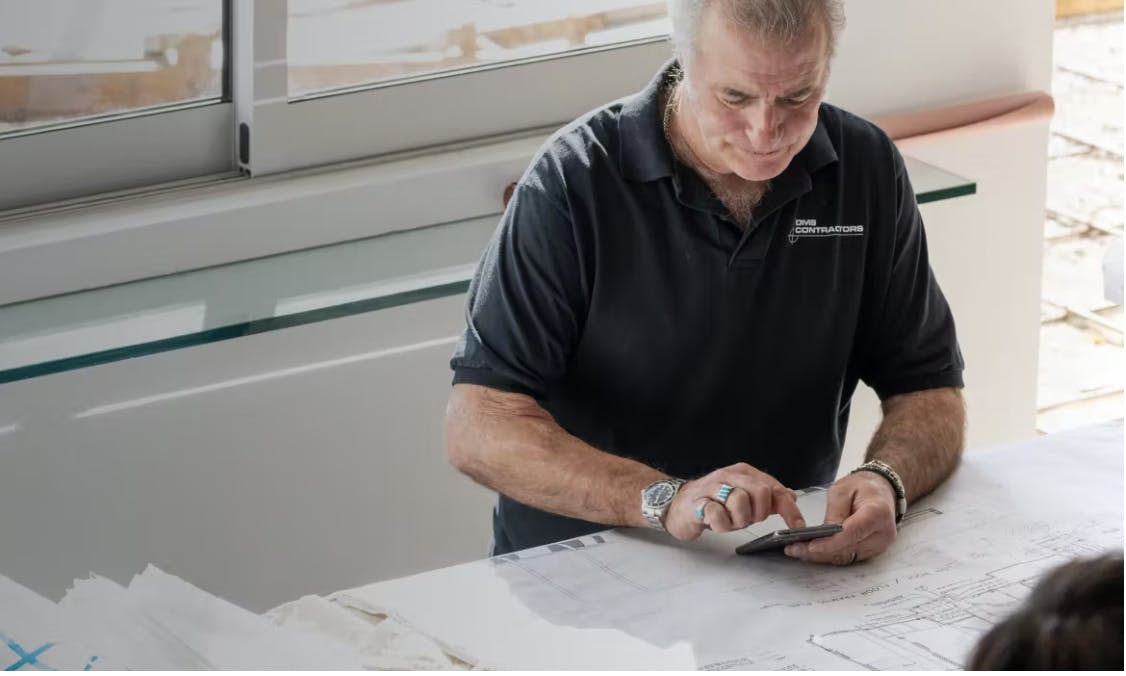
Why are construction takeoffs important?
Creating accurate takeoffs is crucial to having a successful construction business. An inaccurate takeoff can mean losing a job. Or worse, if a contractor wins the job and has missed a crucial part of the takeoff, it can cost the contractor a lot of money unless the final price can be renegotiated. Having your templates set up and your processes in place can prevent this sort of mistake from happening.
Another benefit of doing a construction takeoff is that it helps a contractor visualise the job and allows for confidence in pricing. For example, if a contractor is doing a takeoff and can see that a bay window is curved rather than the standard straight configuration, extra time and possibly extra materials cost can be included in the takeoff for it. A quantity surveyor, on the other hand, might just send the materials and quantity of items needed, without factoring in the extra difficulty.
What is the difference between a quantity takeoff and a material takeoff?
The terms “quantity takeoff” and “material takeoff” refer to the same thing; different companies simply tend to prefer using one term or the other.
Common construction takeoff methods
There are two methods of doing a takeoff: manually and digitally. Doing it manually involves printing plans and using a scale ruler and a highlighter. This is an old-school method and can be fine for smaller jobs.
Nowadays, however, there are plenty of digital solutions for creating takeoffs for all sizes of projects and types of contractors. Even just 10 years ago, takeoff software was reserved for professional estimators and required special training. However, nowadays digital systems are more accessible to contractors at every level and don’t require much special technical skill, if any.
One of the biggest benefits of doing a takeoff digitally is that the process generally is faster and the results are more accurate than doing it manually. In an industry where speed and accuracy are highly prized, going digital with takeoffs is a must these days, so it is worth researching a system that works for you.
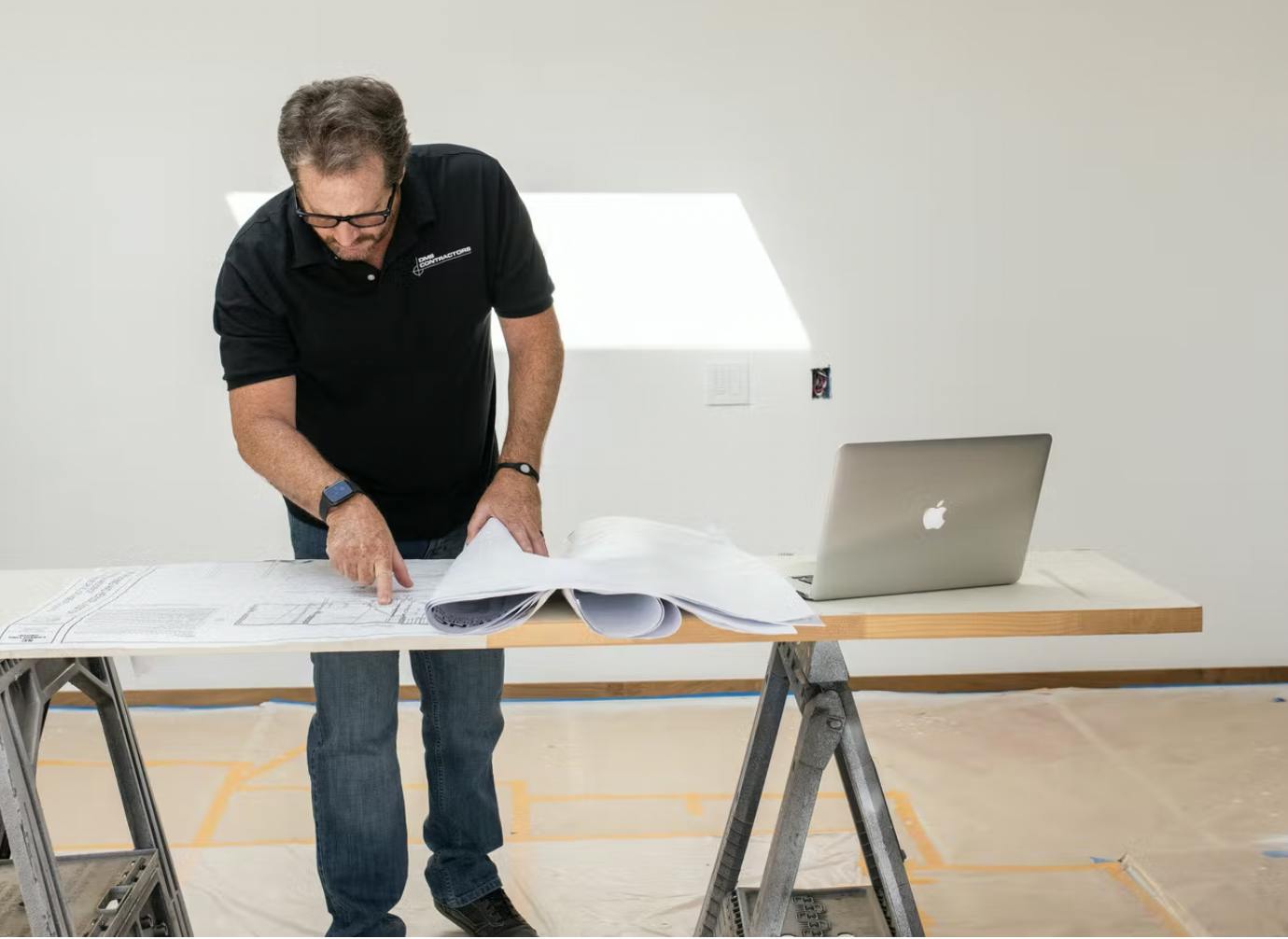
How to do construction takeoffs step by step
1. Understand the job and create your own checklists.
Familiarise yourself with the plans and get clarification if necessary. It might seem obvious to do this, but it’s easy — especially if you’ve done the same type of job many times — to just give the plans a quick once-over and end up missing a key part. Avoid getting burnt by having a checklist that you go through meticulously. If you have to check off key factors, then you can be reasonably certain that everything needed in your takeoff will be included.
Once you have your checklist, you can begin to complete your takeoff. If you are doing multiple takeoffs by category — for instance, a carpentry takeoff, a plumbing takeoff and so on — it is best to stick to one trade at a time so you can get into the zone and be as thorough as possible.
2. List inclusions, exclusions and assumptions.
To maximise your profit margins, it is vital to list your inclusions and exclusions on any quote you send out. Or, if you have to make some assumptions, they should be clearly listed early in your quote. A lot of the time plans are not complete, or the engineering and architectural drawings can contradict each other. You can make reasonable assumptions based on your experience, but it is vital to list those assumptions so you will not be stuck with the bill if they turn out to be wrong. There are a few good reasons for this, but mainly it is to avoid getting burnt when you arrive on-site. If there is any disagreement, you can go back to your original quote and point out what you have accounted for, and that any alterations or additions will have to be an extra charge.

The most common construction takeoff mistake
By far the most common mistake when completing a takeoff is missing a large portion of the job, which can end up costing you money. We have included some steps you can take to prevent this above, but it’s also important not to rush. When you rush through the plans, you might miss, for instance, that a concrete worktop is specified as polished versus a regular finish. Even something small can mean a difference of thousands of Euros. So where possible, allow a good portion of time to do your takeoffs and estimating.
Reasons why construction pros prefer construction takeoff software
Completing a takeoff digitally is considerably faster than doing it by hand. Even just having to print out plans takes time, whereas you could simply upload them to the cloud and be ready to go in minutes.
Digital tools help ensure accuracy too, thanks to things like pre-populated line items, checklists and costs. Doing takeoffs manually increases the chance of human error, in terms of both including items and calculating costs.
Also another benefit of having your takeoffs stored online is that when you win the job, you can simply log in, run through everything you have done on your system and make any necessary amendments. The information you need is always at your fingertips.
There are a number of great solutions out there for digital takeoffs, and you should find the one that best suits you. You may want to choose a system that includes project management, which will allow you to manage a job from receiving the plan to handing over the keys to a client after the job is done.
Conclusion
Although it can seem daunting if you are used to pen-and-paper takeoffs, the investment in time to get set up digitally is well worth it. Alternatively, you may find that you are being over-served by a complex solution that you are not using to its full capabilities, and are being charged for features you don’t use. This is why it is important to research the tools available and make the right choice for your business. With that in mind, we encourage you to sign up for a free trial of Houzz Pro’s construction takeoffs software — the all-in-one software includes an easy-to-use takeoff tool designed specifically for small and medium-sized home builders.


